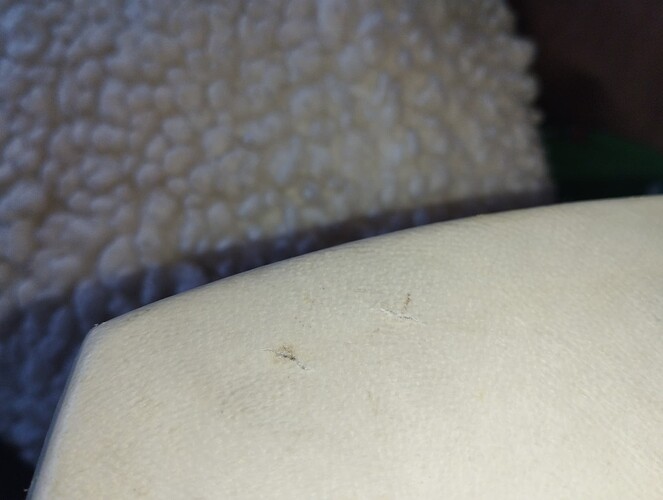The kind of glue that works for Bachigawa, and you can find almost everywhere, is glue that is suitable for styrofoam, as it doesn’t have corrosive elements.
Now, this is my perspective on how to repair small tears in Shamisen skin:
However, due to the high tension of Shamisen skin, I would recommend you to make a more extensive protection there. The best glue I know for this tear-prevention repair is Starbond KEG-500 Flexible Medium Thick (Heavy Medium)
This is a superglue intended for applications that are subject to vibration, impact, and some stretch, so it is the best superglue for stretched leather. You will have a visible repair, but it will cause the tear to take much longer to grow, possibly years.
This is a delicate repair, and you should do it carefully, layer by layer, and without accelerator, so the glue has time to penetrate the fibers of the leather. Take the thin tip, apply a very thin layer around the inner edges of the tear part, and wait 10 to 30 minutes for it to dry/cure (superglue takes longer to cure in open air). Apply another thin layer, and wait again. Do it as many times as needed for the tear to close up with glue. Treat every tear according to its size.
Important: If you apply a layer and the glue seems to disappear, leave as it is, and don’t apply more glue on this layer. Wait two times as long for it to dry. If the glue looks like it’s disappearing, it means it is going to the inside of the Dou. Wait longer for it to dry and apply the next layer. Little by little, the gap will reduce, unti you close it with glue.
Try to keep the glue on the inside, and try to not make a pile of glue on the outside. If you do, don’t try to rip it off. You can remove it with #300 sandpaper, using a very small piece, and taking extreme care not to sand the skin around it.
After you close the gap, you can opt to apply a half inch circle of superficial glue around the tear area, so the glue will have a better long term hold of the leather. However, consider that this will make the repair even more visible, which impacts the aesthetics of the Shamisen.
@Brown Can I ask your opinion on this method?
Feel free to ask any questions you may have.

